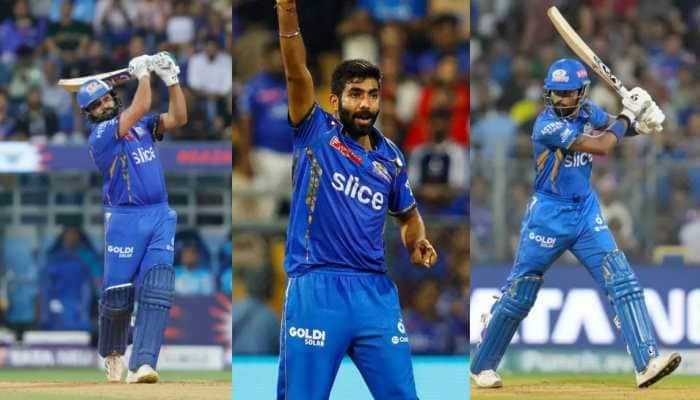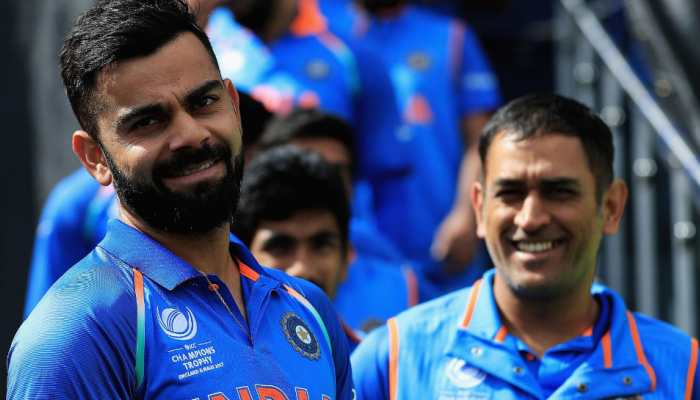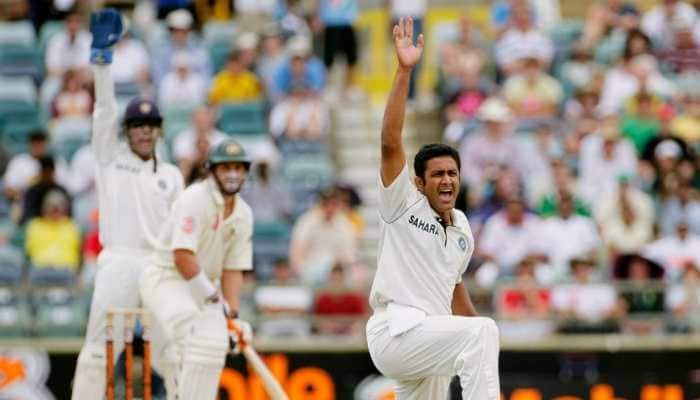Republic Day 2023: Why is Republic Day Celebrated on January 26? Learn History and Significance
Why do we celebrate Republic Day only on 26th January and why not on any other day? There is a very interesting history behind it. Here we have brought some such interesting things related to Republic Day for you.
- The draft of the constitution according to which the work is being done in the country today was prepared by Dr B.R Ambedkar.
- India became a republic nation on 26 January 1950 at 10.18 am.
- Exactly 6 minutes after that, at 10:24, Dr. Rajendra Prasad took oath as the first President of India.
Trending Photos
)
The day on the calendar that awakens patriotic feelings at home in the hearts of every Indian, right after Netaji Subhas Chandra Bose's birth anniversary, is January 26. Through colorful events and parades, images of the country's culture and history emerge. From New Delhi to Kolkata, all parts of the country are decorated on the grand occasion of Republic Day.
This year the country will celebrate its 74th Republic Day. On this special occasion, every year, a grand parade takes place on Rajpath from India Gate to Rashtrapati Bhavan. Various regiments of the Indian Army, Air Force, Navy etc take part in this parade. Perhaps this question will come to your mind - why do we celebrate Republic Day only on 26th January and why not on any other day? There is a very interesting history behind it. Do you know that before independence, the country's Independence Day was celebrated on some other day? Here we have brought some such interesting things related to Republic Day for you.
Congress Asked To Observe 26 January As I-Day
Lord Mountbatten, the last Viceroy of India, chose 15 August as the day of his choice to declare India an independent state. It was on this day that Japan surrendered to the Allies after World War II. That is why the British government chose 15th August. However, the country became independent on 15 August 1947, India did not have its own constitution. That constitution was drafted and adopted on 26 November 1949 and the constitution was implemented on that day, on 26th January 1950, for which there were many reasons. After the country became independent, the Constituent Assembly adopted the Constitution on 26 November 1949. At the same time, on January 26, 1950, the constitution was implemented with a democratic government system. India was declared a complete republic on this day. One of the main reasons for implementing the constitution on January 26 is that on this day, in 1930, the Indian National Congress had declared complete independence of India. The flag of India was hoisted by Jawaharlal Nehru on 31 December 1929 on the banks of Ravi river, in Lahore. The Congress asked the people of India to observe 26 January as Independence Day.
In the year 1929, under the chairmanship of Pandit Jawaharlal Nehru, a meeting was organized by the Indian National Congress, in which it was announced by consensus that the British Government should grant Dominion status to India by 26 January 1930. India's Independence Day was celebrated for the first time on this day. Till Independence on 15 August 1947, Independence Day was celebrated only on 26 January. The constitution was implemented on 26 January 1950 and therefore, this day was declared as Republic Day to give importance to the date of declaring 'Purna Swaraj' back on 26 January 1930.
Draft Of Constitution Prepared by B.R Ambedkar
The draft of the constitution according to which the work is being done in the country today was prepared by Bharat Ratna Babasaheb Dr. Bhimrao Ambedkar, who is known as the architect of the Indian Constitution. After many reforms and changes, 308 members of the committee signed two copies of the handwritten law on 24 January 1950, after which it was implemented in the country two days later, on 26 January. To maintain the significance of 26 January, India was given a democratic identity on the same day. After the implementation of the constitution, the already existing British law Government of India Act (1935) was replaced as the Indian governance document through the Indian Constitution. That's why every year we Indians celebrate 26 January as Republic Day.
Dr Rajendra Prasad Took Oath As The First President of India
India became a republic nation on 26 January 1950 at 10.18 am. Exactly 6 minutes after that, at 10:24, Dr. Rajendra Prasad took oath as the first President of India. On this day, for the first time, Dr. Rajendra Prasad came out of the Rashtrapati Bhavan in a buggy as the President, where he took the army salute for the first time and was given a guard of honor for the first time. On this day, along with hoisting the tricolor, singing the national anthem, we Indians either organize or become a part of many programs.
The Republic Day program usually begins on January 24 with the announcement of the names of the person who has received the National Bravery Awards. But this time it started on January 23, the birth anniversary of Netaji Subhash Chandra Bose. And on the evening of January 25, the President addresses the nation. The main event of Republic Day is organized on 26 January.
Stay informed on all the latest news, real-time breaking news updates, and follow all the important headlines in india news and world News on Zee News.
Live Tv







)
)
)
)
)
)
)
)
)
)
